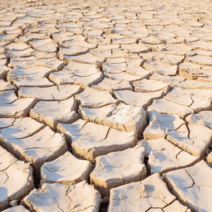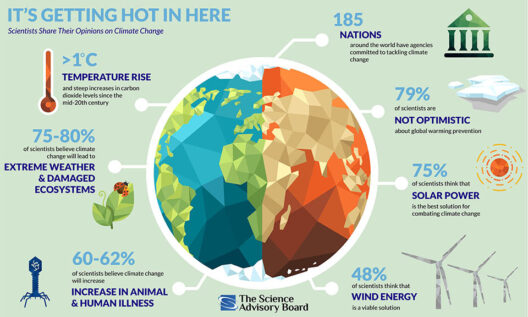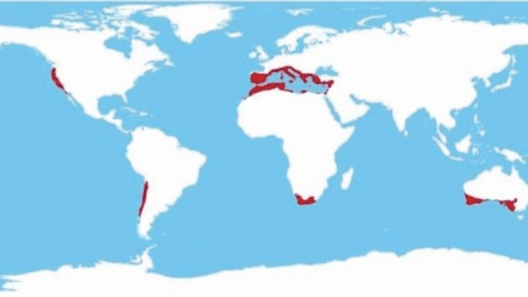The phenomenon of climate change is transcendent, demanding not just waves of awareness but tangible, grassroots action. As individuals, it can often feel overwhelming. However, the philosophy of “Start small, think big” becomes a cornerstone for aspiring climate activists. This approach emphasizes incremental yet impactful actions that contribute to a larger movement. Are you prepared to step into the realm of environmental advocacy? Embrace the challenge that lies ahead.
The first step in becoming an effective climate activist is to cultivate awareness. Understanding the science behind climate change is essential. Multiple factors lead to its escalation, including greenhouse gas emissions, deforestation, and fossil fuel consumption. Familiarize yourself with these elements. Read reliable sources, follow climate scientists on social media, and engage in educational workshops. A deepened understanding will empower you, transforming passive concern into informed activism. This knowledge can also help you articulate your stance clearly and convincingly.
What if we each started implementing small changes in our daily lives that, when amplified across communities, could incite substantial transformation? Consider your carbon footprint. Simple alterations in everyday habits can lead to considerable reductions over time. For instance, utilize public transportation, carpool, or opt for cycling. These choices not only decrease harmful emissions but may also enhance community connectedness. Ask yourself: how many carbon-intensive activities do I engage in unnecessarily? How can I actively work to reduce them?
Engagement is crucial. To effect change, connect with like-minded individuals and local organizations committed to environmental issues. Joining or creating community groups increases reach and efficacy. Attend town hall meetings, join advocacy groups, or participate in local clean-up efforts. Such ventures weave a collective narrative that fosters accountability and inspiration. You become part of a larger collective voice, one that advocates for sustainable change. The interplay between individual action and collective momentum amplifies the impact exponentially. Challenge yourself to organize a local event, bringing awareness to issues that plague your community.
While small initiatives lay the groundwork, thinking big entails envisioning the broader implications of your activism. What larger systems uphold unsustainable practices? Examine the intersection of local policies and global trends. Educate yourself about legislative efforts concerning climate issues. Are your local representatives prioritizing environmental policies? Engage with politics—write letters, make calls, or attend meetings. Your voice matters. It can shape environmental policy and effect change in legislation. The local to global spectrum indicates that grassroots movements can ripple through higher echelons of governance.
Furthermore, communication plays a pivotal role in climate activism. How do you convey your message effectively to others? Utilize social media as a platform for advocacy. Create engaging content that highlights the urgency of climate action. Infographics, videos, and impactful stories can reach a vast audience. Challenge friends and followers to adopt sustainable practices. Start a social media challenge centered around reducing plastic use, conserving water, or embracing renewable resources. Can you inspire your social network to commit to one small eco-friendly change each week? Think big; reach out beyond your immediate circle, and encourage a chain reaction of conscientious living.
Delve into the concept of sustainable consumerism. Investigate the brands you support. Educate yourself about ethical businesses that practice sustainability in their production and supply chains. It’s often suggested that individual choices are insignificant in the face of corporate giants. Yet, collectively, consumer behavior can drive significant corporate reforms. Your dollar is a vote; use it wisely. Research alternatives that prioritize sustainability over convenience and luxury. Imagine the transformative power if everyone opted for products from businesses devoted to environmental responsibility.
Let us not overlook the significance of environmental justice. Climate change disproportionately affects marginalized communities. So how can you champion equity within the climate movement? Acknowledge these disparities and elevate the voices of those affected. Participate in intersectional advocacy that addresses systemic inequalities associated with environmental degradation. Collaborate with organizations focused on fostering equity within climate discourse and action. This holistic approach reiterates that climate activism is everyone’s responsibility, regardless of socio-economic status. Can you envision a movement that not only fights for the planet but also uplifts those most vulnerable?
Ultimately, remaining steadfast and resilient is critical. The terrain of climate activism is fraught with challenges and setbacks. Progress may appear minimal or gradual; nonetheless, each action taken is a move toward collective change. Embrace a growth mindset that appreciates learning from experiences—both victories and failures. Celebrate small wins within your community, no matter how minor they seem. Encouraging a sense of hope and possibility inspires others to persist in their activism as well.
In conclusion, stepping into the role of a climate activist involves a delicate balance of starting small while aspiring for monumental change. It requires a proactive stance—cultivating knowledge, connecting locally, engaging politically, and advocating for equity. Every action taken towards sustainability reverberates, influencing others to consider their role in this urgent narrative. The question remains: will you accept the challenge of fostering a healthier planet? By committing to small changes and encouraging others to do the same, you become an integral part of a vital movement. Let’s cultivate a resilient future for generations to come!








